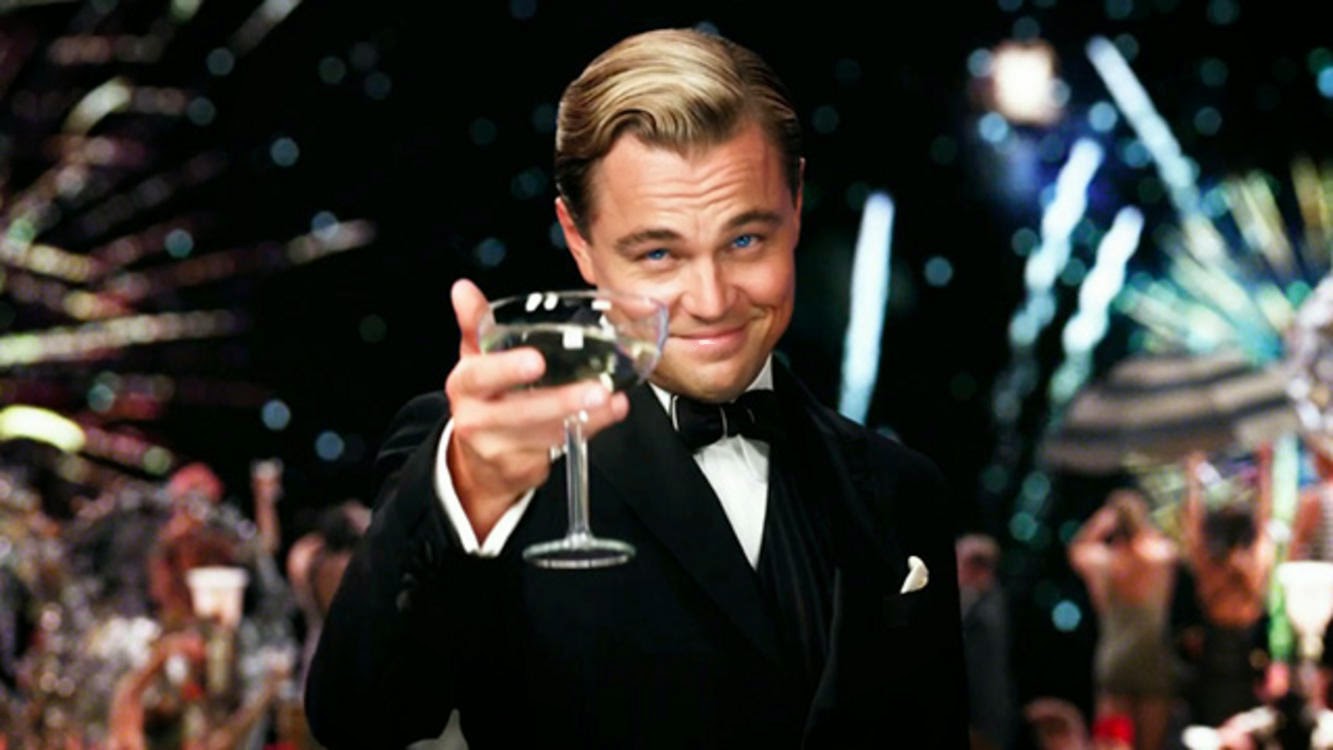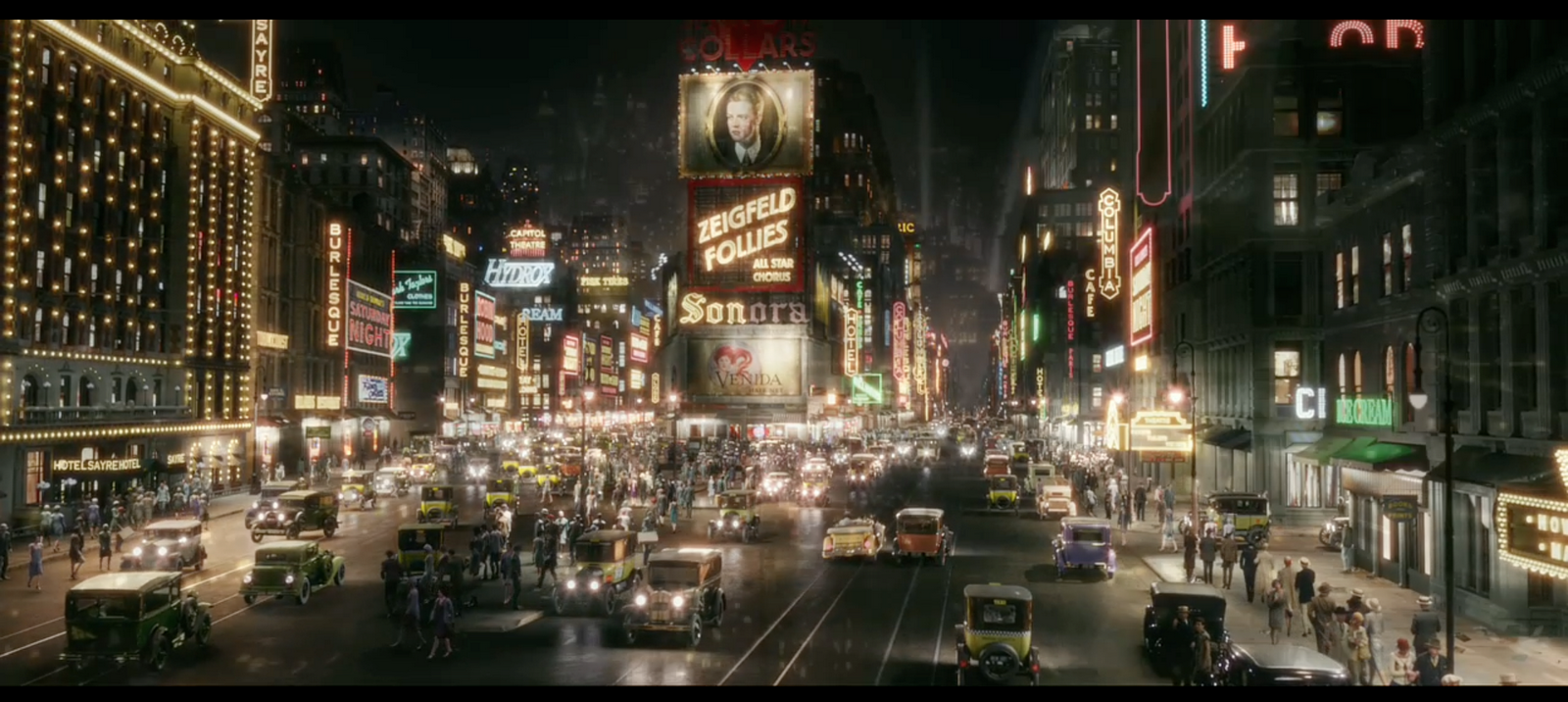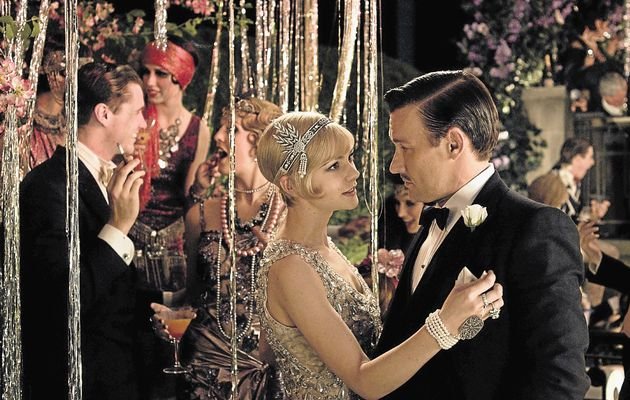The Great Gatsby - The Role of the Cinematographer

As many of you know I am an aspiring film and television scriptwriter, and have been for many years. Even with all my insight into this tough industry I have often wondered at the end of a film when the credits slide up your screen what certain roles are and what people have to do to fulfil them. One such role which is profoundly important to any film is the role of the cinematographer.
Performing the role of cinematographer is one of the toughest jobs in filmmaking. It requires the individual to implement and convey all of the director’s vision through the camerawork, the visuals and the lighting. Whilst cinematography can’t turn a bad script into a good one the influence the cinematographer can have on a film is very influential. They can visually transform scenes and this can often change some of the meaning of the scene, especially with the use of lighting. A very recent film which made great use of lighting to communicate the nature of the film was witnessed in Baz Lurhman’s The Great Gatsby. It was a film which provided the audience with, amongst other things, a feast for the eyes and was shot in 3D giving it another dimension to the visual experience.

The Great Gatsby depicts a love story set in the 1920’s, and follows the hedonistic and morally questionable lives of a group of socialites where this story unfolds. The film is a modern adaptation of the F. Scott Fitzgerald novel published in 1925 and even adopts a modern soundtrack to help enhance the modern feel. It is set in New York but was filmed entirely in Australian studios. The film was praised for a number of reasons but for many it was its cinematographic qualities which made the film stand out, it even won an ACCTA Award for best cinematography. It is a very elaborate production and there can be no escaping the visual impressiveness of the film. This is partly achieved because of the lighting techniques involved. The film heavily relied on lighting filters to help create a soft, almost pastel style of aesthetic while simultaneously managing to capture all of the sparkle that made the film more elegant. The CGI used in the film also works in conjunction with the same mode of lighting to help build this dream like world where the characters, detached from reality, can live their hedonistic deluded fantasy.

The film produces an extremely high level of sophisticated detail and is deliberately overdone in some areas, in many ways the film’s elaborate style is in keeping with the director’s established approach to filmmaking and is to be expected of a Baz Lurhman production. The film is saturated throughout with vivid colours and very unique cinematography. Some say that the style and cinematography actually compensated in parts where the script or character performances were weaker. Throughout the film the scenes are woven together with what is in many instances the same soft aesthetics which uniquely capture the dazzling elaborateness. The scenes are bright and uplifting and the pastel effect lighting also helps to contextualise the era very effectively. The lighting has not been bounced and has been diffused which help to evenly balance the scenes with the pertinent levels of light distribution.
Throughout the film the main source of lighting appears to have been soft boxes and light panels, and for the backlighting the Par 64’s have been used extensively. The film demonstrates how lighting can be used to excess, how the colours can be used to excess and how the cinematography is all about excess. This of course reflects the excesses of the period the film is portraying and the excessive and self indulgence of the characters. The cinematography helps to bring all of this excessiveness to life and in many ways emotionalises it so that the audience feels a sense of disgust and revulsion. If this is what Lurhman wanted to achieve with the cinematography then he has achieved that. The 3D aspect of the film in many ways helps to achieve another layer of opulence which is built in to the film itself. The film had to fuse camerawork with appropriate lighting and couple this with the 3D element, this then made a film with so much to see.

The huge budget and production values involved in making The Great Gatsby meant that Lurhman had a wealth of resources at his disposal, and he clearly made this work to his advantage. The film made use of a range of lighting equipment and even modified some lighting to tailor to the individual set. The result is a film which has benefitted from carefully considered lighting styles and has produced a film that in many ways is a unique cinematograph experience. The lighting and the colours all achieve a visually exciting aesthetic and whilst it is indeed a glossy production the end result is almost a matte finish and helps to achieve a soft, pastel aesthetic.
I love this film, a visual feast with a wonderfully evocative soundtrack.
The scene where Gatsby is introduced to the viewer with the backdrop of fireworks lighting up the night sky is one I never get tired of rewatching.
Ha ha! Yes it is a truly visually spectacular scene.
Cheers!!
I'm raising a glass to you also jbarnes82.
Interesting post! I was a film student as well.. Your light analysis is great - you certainly got to the heart of the cinematography in this film.
Thanks rgeddes, I'm glad you can appreciate cinematography also.
I don't know much about filming but Great Gatsby was amazing to watch and you post has just explained why!
Thanks ladycrypto I'm glad I could help!